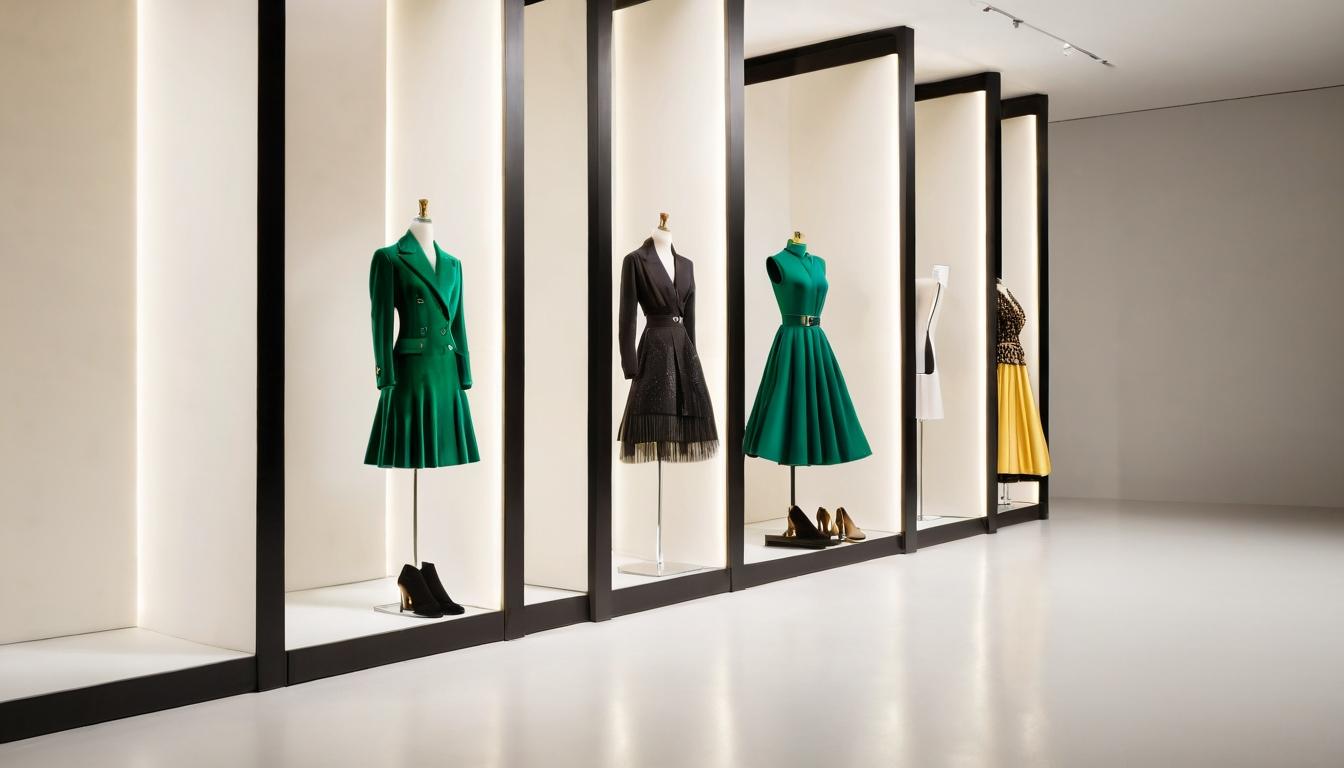In the hushed corridors of Milan's fashion houses and the discreet ateliers of Paris, a revolution is unfolding without fanfare. The era of logo-mania and conspicuous consumption is giving way to something more profound—a movement where quality whispers rather than shouts. This isn't just another trend cycle; it's a fundamental rethinking of what luxury means in a world saturated with noise.
Walk into any high-end boutique today, and you'll notice the absence of screaming logos. Instead, you'll find cashmere so soft it feels like a second skin, tailoring so precise it alters your posture, and fabrics that tell stories of heritage craftsmanship. The shift toward quiet luxury represents more than aesthetic preference—it's a cultural response to decades of fast fashion and disposable consumerism. Consumers are no longer satisfied with mere status symbols; they're investing in pieces that will become part of their personal narrative.
What's fascinating about this movement is how it's being driven by both economic pragmatism and environmental consciousness. The wealthy are increasingly opting for fewer, better things—a direct challenge to the seasonal churn that has defined fashion for generations. This isn't austerity; it's curation. The woman who once bought ten trendy pieces each season now invests in one exceptional coat that will last decades, becoming more beautiful with age.
Behind the scenes, this shift is forcing brands to reconsider their entire business model. The pressure to constantly produce newness is colliding with consumer demand for longevity. Some heritage houses are responding by reviving archival techniques and investing in craftsmanship schools, while newer brands are building their entire identity around the concept of heirloom-quality pieces. The result is a fascinating tension between tradition and innovation.
Yet the quiet luxury movement raises uncomfortable questions about accessibility and exclusion. When quality becomes the ultimate status symbol, does it create new barriers? The price points for truly exceptional craftsmanship remain prohibitive for most, creating a paradox where the most sustainable approach to fashion is available only to the wealthy. This tension between idealism and reality is shaping conversations in design studios and boardrooms alike.
The psychological dimension of this shift cannot be overstated. In an age of digital overload and constant performance, quiet luxury offers something radical: the freedom from having to prove anything. The wearer of an impeccably cut but unadorned wool coat communicates confidence without needing validation. It's fashion as self-possession rather than social signaling.
Interestingly, this movement is also changing how we think about value. The traditional luxury markers—recognizable logos, seasonal must-haves, celebrity endorsements—are being replaced by more intimate measures: how a garment feels against the skin, how it moves with the body, how it ages over time. This represents a profound shift from external validation to personal experience as the ultimate measure of worth.
As with any cultural shift, there are contradictions. The very term 'quiet luxury' has become a marketing buzzword, threatening to dilute its meaning. Some brands are attempting to have it both ways—promoting understated elegance while maintaining aggressive growth targets. The challenge becomes how to scale quality without compromising it, how to make exceptional craftsmanship accessible without cheapening it.
Looking forward, the implications extend beyond fashion into how we define success and satisfaction in consumer culture. The quiet luxury movement suggests a broader yearning for substance over surface, for meaning over magnification. It's part of a larger cultural correction happening across industries—from food to travel to entertainment—where quality is becoming the ultimate luxury.
The most compelling aspect may be how this movement is rewriting the rules of desire itself. We're moving from wanting what everyone else can see to wanting what only we can feel—the perfect weight of silver cutlery, the architectural precision of a well-cut jacket, the subtle variations of vegetable-dyed silk. This represents not just changing tastes but changing values.
In the end, the quiet revolution in luxury isn't really about fashion at all. It's about reclaiming attention, refining discernment, and finding beauty in restraint. It's a corrective to decades of excess and a hopeful sign that we're learning to value what lasts over what merely dazzles.
The invisible revolution: how quiet luxury is reshaping fashion from the inside out

